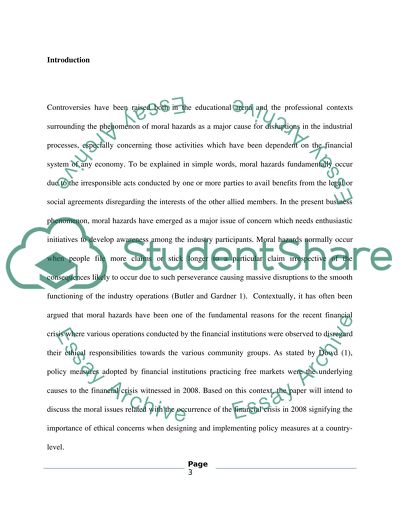Cite this document
(“Moral Hazard and the Financial Crisis Research Paper”, n.d.)
Moral Hazard and the Financial Crisis Research Paper. Retrieved from https://studentshare.org/macro-microeconomics/1468615-moral-hazard-and-the-financial-crisis
Moral Hazard and the Financial Crisis Research Paper. Retrieved from https://studentshare.org/macro-microeconomics/1468615-moral-hazard-and-the-financial-crisis
(Moral Hazard and the Financial Crisis Research Paper)
Moral Hazard and the Financial Crisis Research Paper. https://studentshare.org/macro-microeconomics/1468615-moral-hazard-and-the-financial-crisis.
Moral Hazard and the Financial Crisis Research Paper. https://studentshare.org/macro-microeconomics/1468615-moral-hazard-and-the-financial-crisis.
“Moral Hazard and the Financial Crisis Research Paper”, n.d. https://studentshare.org/macro-microeconomics/1468615-moral-hazard-and-the-financial-crisis.


